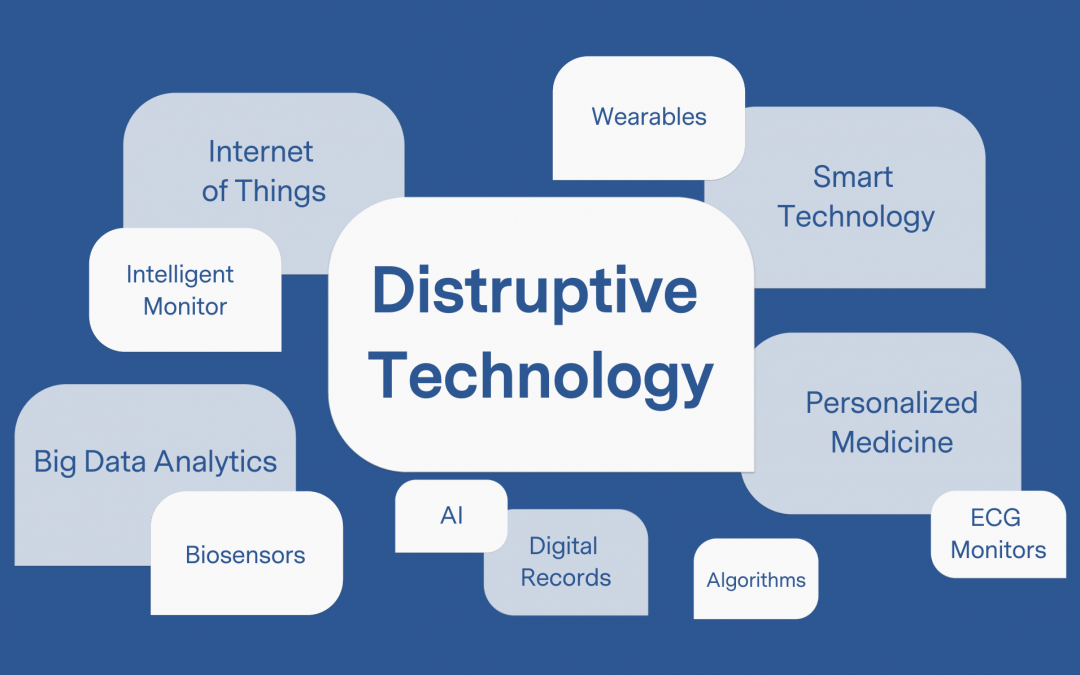In today’s rapidly evolving technological landscape, the term “Disruptive Technology” has become a buzzword across various industries. But what exactly does this term mean, and why is it so important? This comprehensive article will explore the meaning of disruptive technology, how it differs from sustaining innovations, its impact on various sectors, and real-world examples that have reshaped industries.
What is Disruptive Technology?
Disruptive technology refers to an innovation that significantly alters or disrupts the existing market or industry by creating a new market and value network. Unlike traditional technologies that improve gradually over time, disruptive technologies introduce a revolutionary change that challenges established business models.
Coined by Clayton M. Christensen in his 1997 book “The Innovator’s Dilemma,” the concept of disruptive technology highlights the transformative potential of innovations that initially cater to niche or underserved markets before eventually dominating mainstream markets.
Characteristics of Disruptive Technology
- Radical Innovation: Disruptive technologies introduce novel solutions that break existing paradigms.
- Market Penetration: They often begin by serving a niche market before expanding to mainstream audiences.
- Cost-Effectiveness: Disruptive innovations are often cheaper and more accessible than established technologies.
- Scalability: They possess the ability to scale rapidly and disrupt existing industries.
Disruptive Technology vs. Sustaining Technology
It is essential to distinguish between disruptive technologies and sustaining technologies.
| Disruptive Technology | Sustaining Technology |
| Creates new markets or value networks | Enhances existing markets |
| Often initially inferior to established solutions | Improves upon existing products or services |
| Attracts niche markets before mainstream adoption | Targets mainstream customers |
| Can significantly alter or replace established industries | Maintains or enhances existing industry standards |
While sustaining technologies focus on incremental improvements, disruptive technologies often lead to groundbreaking changes that transform entire industries.
Examples of Disruptive Technology
Understanding the meaning of disruptive technology becomes clearer through real-world examples that have reshaped various sectors.
1. Smartphones
The rise of smartphones disrupted traditional mobile phones, personal computers, and even cameras. Devices like the iPhone revolutionized communication, internet access, and entertainment.
2. Streaming Services
Platforms like Netflix and Spotify disrupted the entertainment industry by replacing physical media and traditional broadcasting models with on-demand streaming services.
3. E-commerce
Amazon and Alibaba transformed retail by providing convenient, online shopping experiences, challenging brick-and-mortar stores.
4. Electric Vehicles (EVs)
Tesla and other EV manufacturers disrupted the automotive industry by promoting sustainable transportation and innovative battery technology.
5. Artificial Intelligence (AI)
AI technologies such as chatbots, recommendation algorithms, and machine learning are reshaping industries ranging from healthcare to finance.
Impact of Disruptive Technology
Disruptive technology has both positive and negative impacts on industries and consumers.
Positive Impacts
- Increased Efficiency: Automation and AI technologies streamline processes.
- Cost Reduction: Technological advancements lower production and operational costs.
- Improved Accessibility: Disruptive technologies often provide services to previously underserved markets.
- Innovation Growth: Encourages continuous innovation and improvement.
Negative Impacts
- Job Displacement: Automation can lead to job losses in certain industries.
- Market Dominance: Successful disruptors can create monopolistic markets.
- Privacy Concerns: Technological advancements may compromise user privacy.
- Economic Inequality: Unequal access to technology can widen socioeconomic gaps.
Future of Disruptive Technology
The evolution of disruptive technology is ongoing, with new innovations constantly emerging. Areas like blockchain, quantum computing, biotechnology, and renewable energy are expected to introduce significant disruptions in the coming years.
Businesses and industries must adapt to these changes to remain competitive and leverage new opportunities.
Emerging Disruptive Technologies
- Blockchain Technology: Transforming financial systems, supply chains, and data security.
- Quantum Computing: Providing unprecedented computational power for solving complex problems.
- Biotechnology: Revolutionizing healthcare and agriculture through genetic engineering and synthetic biology.
- Renewable Energy: Disrupting the energy sector with sustainable alternatives like solar and wind power.
Conclusion
Understanding the meaning of disruptive technology is essential for businesses and individuals striving to stay ahead in a rapidly changing world. By recognizing the characteristics, differences, and real-world applications of disruptive technologies, stakeholders can better prepare for future disruptions.
Adapting to change and embracing innovation will be crucial for achieving long-term success in an increasingly dynamic technological landscape.







